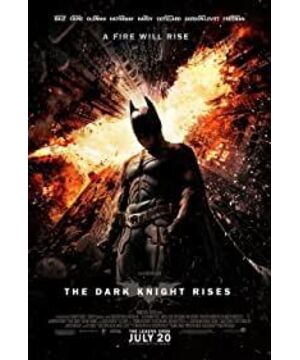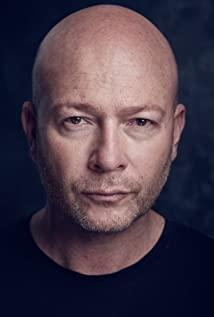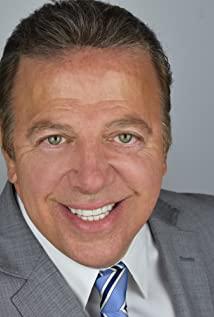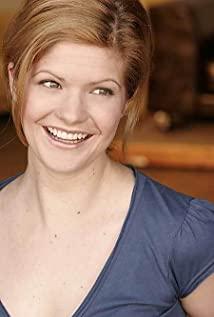Many people have seen that Gotham City is a microcosm of the Western capitalist world, so it is obvious that the analysis of it depends on the analysis of Western capitalism. The film's description of the riot led by Bain is pale, far from showing the high-level elites as diverse and detailed. This is what Zizek said. What he didn't say is, why is it so pale?
Is it due to the stigmatization of the proletarian revolution and the Occupy Wall Street movement? For this reason, but I think more importantly, the class positioning of the riot in the film itself is very fragile. From the description of Gotham City in the film, it can be seen that this is a middle-class society that has entered the post-industrial era and a large number of industries have been transferred to the third world countries. This shows that the main body of citizens in Gotham City does not actually have the motivation to participate in the revolution. Regardless of the second or third episode, there is no scene showing the middle class taking to the streets to protest. The main force participating in the riot in this episode is the proletarians in the sewers, and the source of these proletarians is actually the overage graduates of the orphanage! This naive setting makes people vomit blood!
It is precisely because of this confusion of the class basis that Bain's riots have become a joke. The Paris Revolution, the dictatorship of the proletariat, the occupation of Wall Street, everything is a little bit, but the atmosphere is not the same. It can only be said that Nolan is the concept of exploitation, but this is not the ambition. The mob in the third episode is the same as the gang led by the clown in the second episode, coming and going without a trace, purely for plot needs.
The film focuses on showing the faces of the elites in Gotham City. The key word here is morality. All bad things are done by a small group of scum on the board of directors. Master Wayne is not only rich and handsome, but also keen on developing clean energy and social welfare. It is simply "beautiful and talented, beautiful and chivalrous" in Chinese classical novels. An American copy of the protagonist. When he descended from the sky in a bat fighter plane, his aliveness was a perfect illustration of the term "moral commanding heights", in stark contrast to the mass of social dross pouring out of the sewers.
The PK between class revolution and moral reform is the main contradiction of the film. The cultural background of this contradiction can actually be traced back to Christian civilization.
The concept of revolution in the West actually originated from the Messianic Movement led by Jesus. Zizek is still more sensitive on this point, and directly refers to Bain as the "Guevaraized Christ." What he didn't say was that there was a scene in the film showing Baine after being beaten up, covered in bandages, like Christ waiting for the resurrection in a shroud.
And Western moral concepts are inseparable from the stable source of value of Christianity. Batman's role can be interpreted religiously in many details. He gained spiritual power in prisons similar to the Middle East. Like Chu Liuxiang, he didn't kill and didn't use a gun. The most interesting scene appeared in the biggest turning point of the film. Cotillard's character suddenly gave him a knife from behind. Note that the wound was on the right rib, just like the spear of Ronginus stabbing Jesus, and then Batman fell. , He is the two criminals on the left and the right...
Of course, according to the needs of the screenwriter’s manual, Catwoman rushed in and "stabbed the little bitch to death", and then it was Batman who put herself on the altar. Forget the sermon: "The sword cannot save the world, moral talent". The climax scene contains a wonderful contrast-the figure of Batman, who has only appeared in the dark night, melts in the flash of a hydrogen bomb that is brighter than a hundred suns. The nocturnal creatures on the moral peak finally broke out in the small universe, and Nolan dropped a big spiritual atomic bomb on the capitalist world. I seem to hear him say: "Let there be light"... Since then, all the citizens of Gotham have lived in the original sin. They always owe Batman, just as they always owe Jesus.
As long as there is morality, beasts can become Jesus. This fairy tale theme is probably the main reason why I don't like this series of Batman. In the sense of class harmony, Nolan’s version is very close to Gotham’s earliest source of inspiration: Metropolis, and my favorite Tim Burton version is actually the darkest Batman. As early as in the second episode, I saw that what Nolan was actually going to shoot was not a "crime blockbuster" at all, but in the final analysis it was a fable ( http://i.mtime.com/fjs/blog/1555297/ ) , So there is no gap in seeing the third episode. He expressed himself completely, nothing more. Of course, if Nolanken shortened the "complex narrative" he was passionate about by 50 minutes, I might have a higher rating for this movie.
I have nothing to say about the technique. I just want to say that Nolan really has no enthusiasm for the fighting scenes I love. Bain fights Batman in hand-to-hand combat, and the moves are ugly to death. Actually, I still used the front and back of the shoulder to shoot! If I said that I had to shoot like this because I was on the bridge (it’s not an obstacle, even the plane towing the plane was created in the front) and the encounter in the city hall later, I would not be at all. I understand his reason for "Wu Xi Wen Pai".
In fact, to sum it up, I want to say just one sentence: If the IMAX version imported "Prometheus", it would be great! The digression is over.
View more about The Dark Knight Rises reviews










